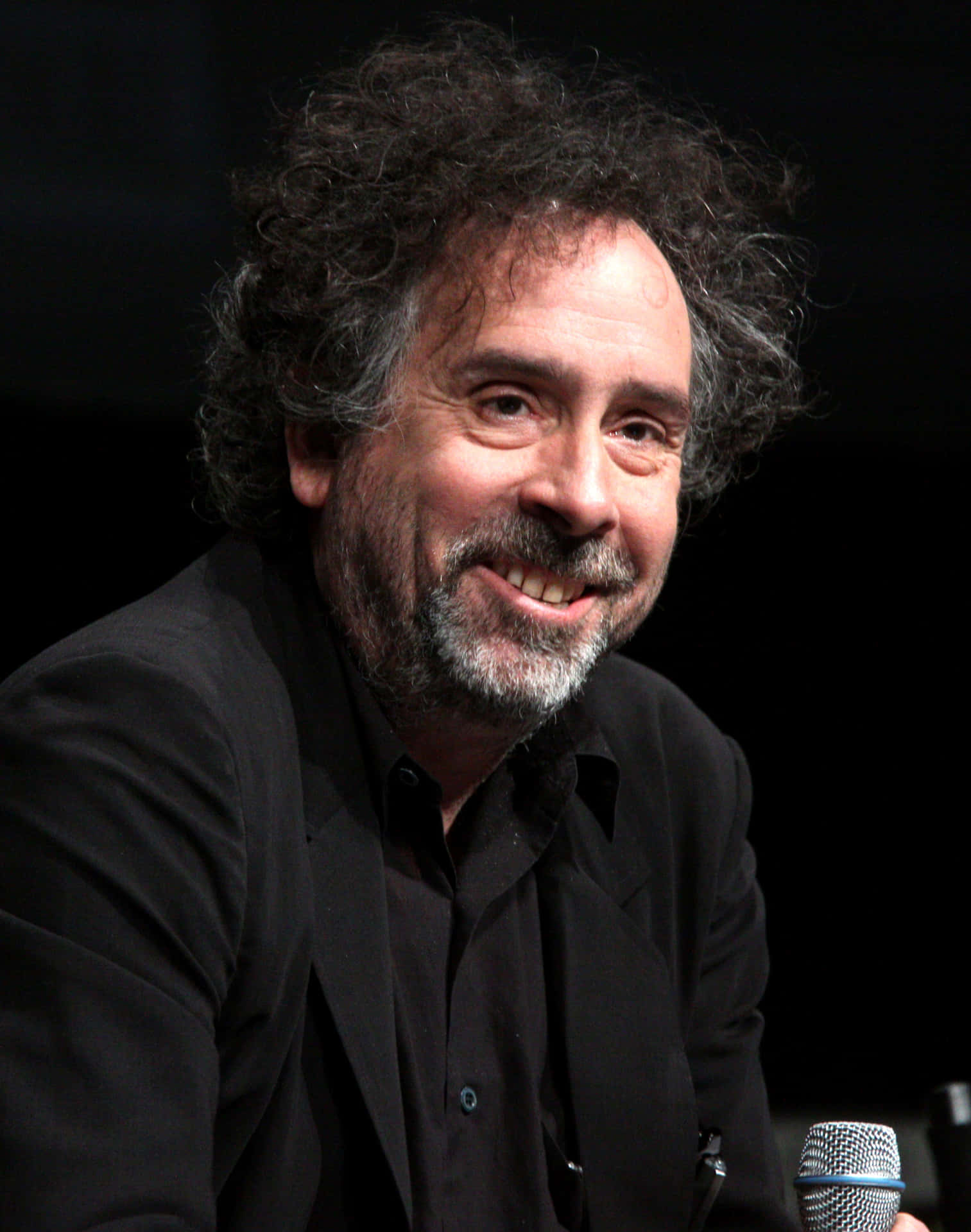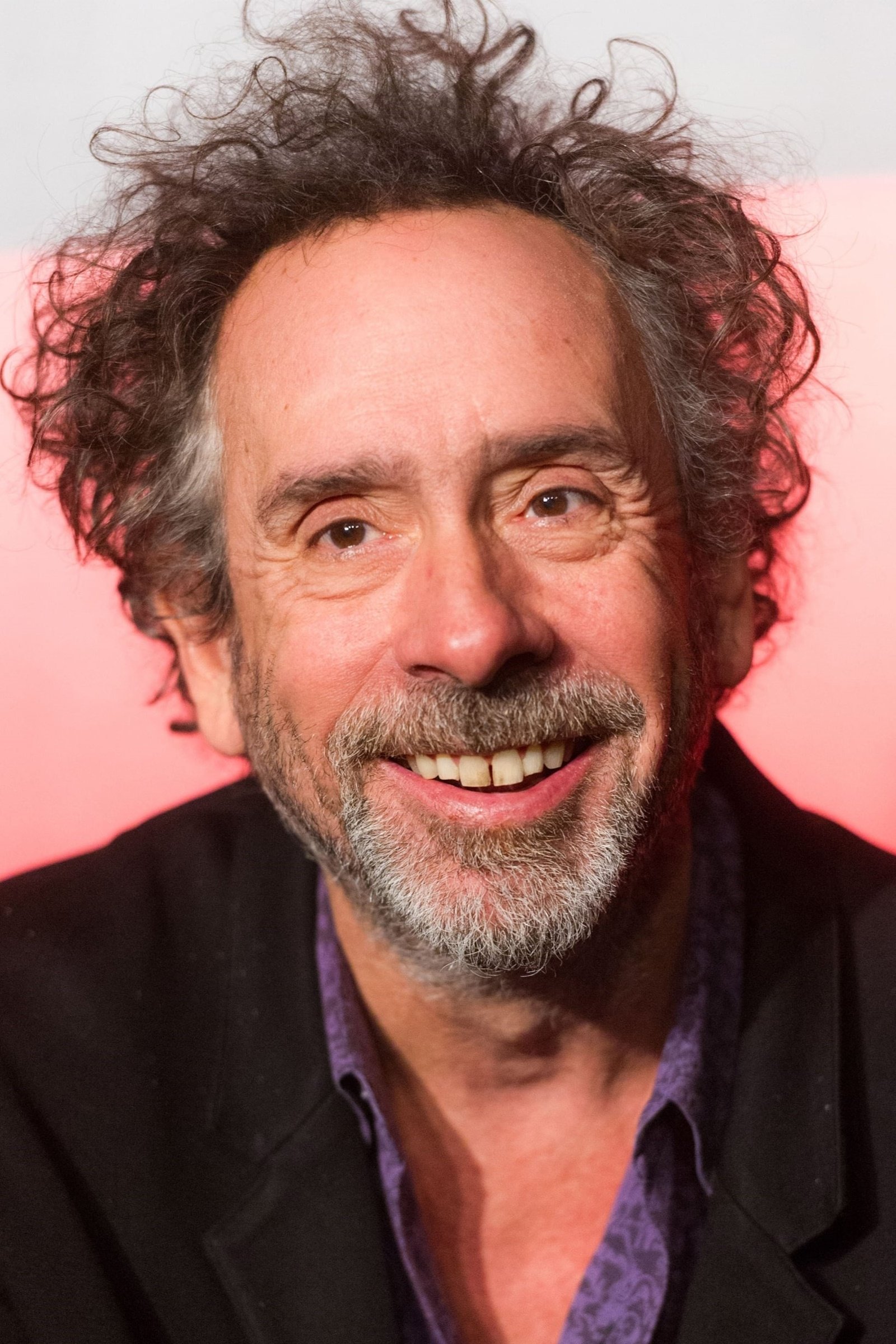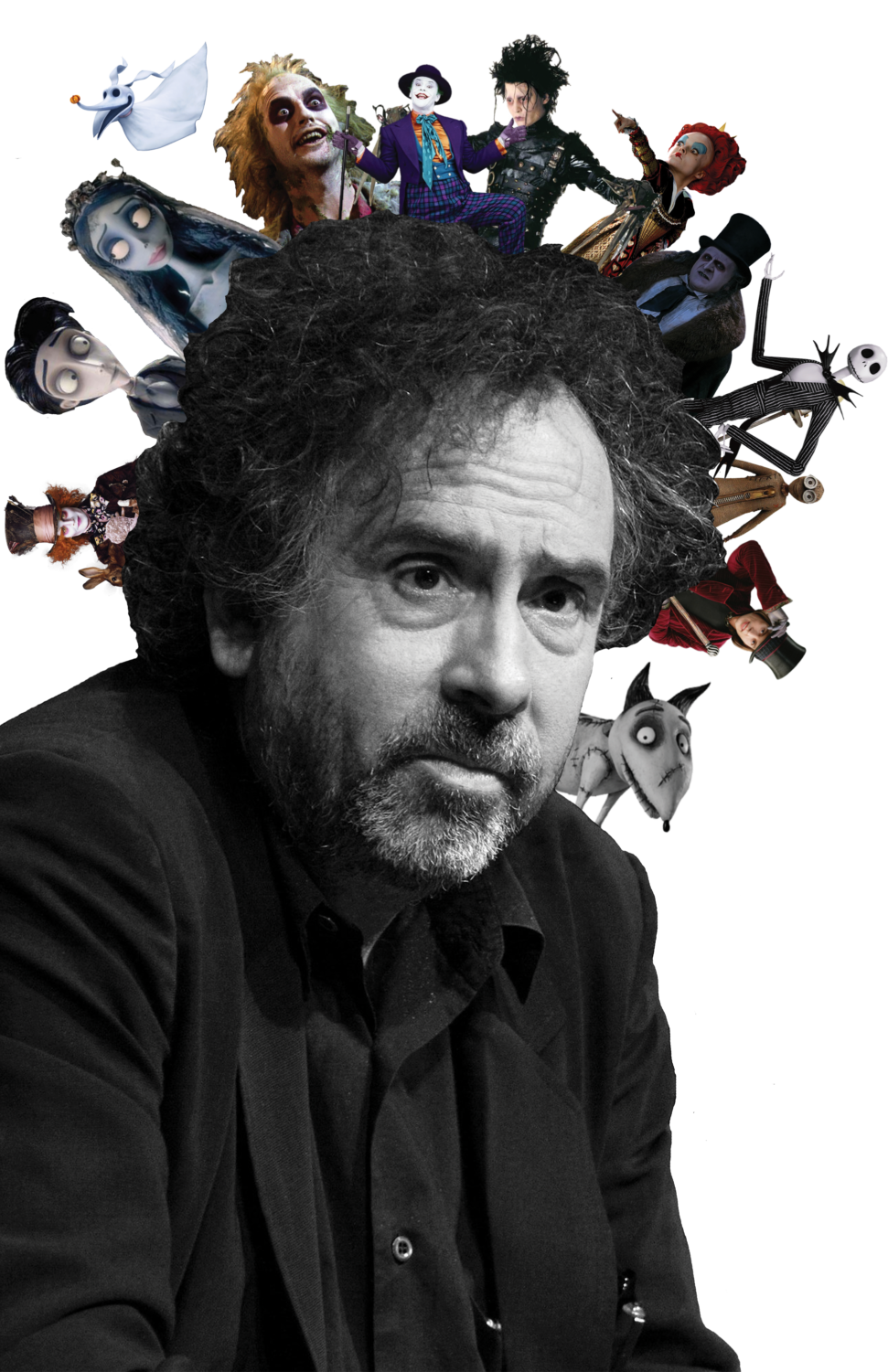Tim Burton - A Look At His Unique World
Table of Contents
- Introduction to Tim Burton's Creative Space
- The Beginnings of Tim Burton's Vision
- What Makes a Tim Burton Film So Recognizable?
- How Did Tim Burton Change American Film?
- The Stories Tim Burton Loves to Tell
- What Are Some Key Tim Burton Movies?
- Beyond Directing - Tim Burton's Other Talents
- What Kind of Recognition Has Tim Burton Received?
- The Ongoing Legacy of Tim Burton
Introduction to Tim Burton's Creative Space
When we think about films that are a little bit different, that really stand out from the usual fare, one name often comes to mind: Tim Burton. He's a creative force who has, you know, played a big part in bringing a particular kind of visual storytelling, sometimes called "goth culture," right into the mainstream of movies made in America. His films are easily spotted because they mix things that are spooky with things that are wonderfully imaginative, giving us stories that feel both dark and strangely comforting all at once.
His way of making movies is pretty special, actually, often pulling ideas from things that are out of this world and also from bits that are a little bit creepy. This unique blend has helped him become a director, a person who puts films together, a writer who creates the stories, and a producer who helps make sure everything gets done. He has given us many memorable movie experiences that, in a way, have left a big mark on how we see fantasy and even things that give us a little shiver.
Over the years, he has gathered quite a few special recognitions for his contributions to film, including a notable award for his work. His style, you know, is really one of a kind, making him a well-known figure in the world of movies, someone whose creations often make you think and feel things you might not expect. We're going to take a closer look at what makes his creative output so special.
The Beginnings of Tim Burton's Vision
Tim Burton, a director from America, is someone whose original and rather unusual approach to making films has truly set him apart. His style often takes ideas from the fanciful and, you know, from what some might call the eerie. He's not just a director, either; he also helps produce films and writes the stories for them. His path to becoming such a distinct voice in cinema is, in some respects, quite fascinating, showing how his early talents shaped his entire working life.
From a young age, it seems, Tim Burton had a gift for drawing, a skill that was quite good, and a mind full of ideas, which was very imaginative. He took these natural abilities, which were more or less a hobby for him, and turned them into a working life. This background in art, you know, definitely shows up in the way his films look, with their very specific character designs and dream-like settings. His early knack for visual expression really became the foundation for the kind of stories he would tell later on.
Personal Details of Tim Burton
| Role | American Director, Producer, Screenwriter, Artist, Animator |
| Known For | Original, distinctive style; blending fantasy and horror; gothic and whimsical themes |
| Key Skills | Excellent drawing abilities; rich imagination |
What Makes a Tim Burton Film So Recognizable?
Have you ever watched a movie and just known, almost right away, that it had to be a Tim Burton creation? It's like, his films have this special feel to them, a look that's, you know, truly his own. He's really famous for his approach to filmmaking, which often includes elements that are a little bit dark, sometimes even spooky, mixed with things that are wonderfully imaginative. This combination creates a very particular kind of movie experience that viewers tend to remember for a long time.
His style, you see, is quite unique, often described as gothic and whimsical at the same time. This means he takes dark ideas and blends them with elements that are fantastical, almost like a dream. The characters often have a distinct appearance, perhaps with very pale skin or big, expressive eyes, and the settings can be, you know, a bit twisted or strangely beautiful. It's this particular way of seeing the world, and putting it on screen, that makes his movies stand out so much, making them, you know, instantly recognizable to many people.
The Distinctive Look of Tim Burton's Work
The visual language of Tim Burton's movies is, frankly, something else entirely. He has a way of making things look both eerie and charming, often at the very same moment. Think about the way shadows are used, or the unusual shapes of buildings and trees. It’s a very specific kind of artistry that, you know, draws you into a world that feels familiar yet completely different. He uses a lot of contrasting elements, like bright colors against dark backgrounds, or very sad characters in very lively settings, which gives his films a truly memorable visual character.
His skill in drawing, which he turned into a working life, really shines through in the way his characters are designed. They often have a somewhat exaggerated look, which helps them feel, you know, both real and like they belong in a storybook. This distinctive appearance, combined with the specific atmosphere he creates in his movies, is a big part of why people connect so strongly with the creative output of Tim Burton. It's a style that, honestly, leaves a lasting impression on anyone who watches his films.
How Did Tim Burton Change American Film?
Tim Burton, it's fair to say, really made a name for himself by helping to make "goth culture" a popular thing in movies made in America. Before his work, you know, these kinds of themes and visual styles weren't as widely seen or accepted in mainstream cinema. He brought a certain kind of darkness, a specific type of fantasy, and a feeling of being a bit different, right into the homes of many viewers. This really shifted what people expected from a big movie, showing that there was a place for stories that were, you know, a little bit on the edge.
His films, with their blend of spooky elements and imaginative tales, showed a new way forward for storytelling in Hollywood. He proved that movies could be both commercially successful and, you know, deeply personal and visually distinct. This opened doors for other filmmakers who might have had unusual ideas, demonstrating that there was an audience ready for something beyond the typical. He truly helped to expand what American film could be, making it more welcoming to stories that were, in a way, a bit more out there.
Tim Burton's Influence on Popular Culture
The impact of Tim Burton's work goes, you know, beyond just the movies themselves. His distinct visual ideas and the feelings his films create have seeped into many parts of popular culture. You can see his style reflected in fashion, in art, and even in how people think about what is "alternative" or "different." He created a kind of visual shorthand for a certain aesthetic, making it, quite simply, a part of how we understand modern creative expression.
When people talk about something being "Burton-esque," they immediately have a picture in their minds of a particular look and feel, which is, you know, pretty remarkable. This shows just how deeply his creative output has become woven into the fabric of our shared cultural ideas. He didn't just make movies; he really, actually, helped shape a whole visual language that many people now recognize and appreciate, cementing his place as a truly important figure in how we experience stories.
The Stories Tim Burton Loves to Tell
Tim Burton is, quite simply, well-known for his gothic fantasy and horror films. These are the kinds of stories where things that are a little bit scary mix with things that are purely from the imagination. He has a particular way of looking at the world, one where the unusual is often celebrated, and where characters who might be seen as outsiders are, you know, given a chance to shine. His narratives often explore themes of loneliness, acceptance, and finding beauty in places others might overlook, which makes them, you know, very human at their core.
His films often feature characters who are, in some respects, a bit isolated or misunderstood, living in worlds that are both fantastical and, you know, sometimes a little bit unsettling. He finds a way to make these characters and their situations feel relatable, even when they are surrounded by things that are clearly not from our everyday experience. This ability to blend the deeply personal with the wildly imaginative is, you know, a hallmark of his storytelling, giving his movies a unique emotional depth.
Exploring Fantasy and Horror with Tim Burton
When you sit down to watch a Tim Burton movie, you are, essentially, stepping into a creative space where the lines between what's real and what's make-believe are delightfully blurred. He takes elements that might typically scare you and, you know, gives them a whimsical twist, making them feel less threatening and more like part of a strange, beautiful dream. This approach allows him to tell stories that are both thrilling and, actually, quite heartfelt, drawing viewers into his very particular vision.
He often uses visual metaphors and, you know, a strong sense of atmosphere to build his worlds. Whether it's a spooky old house or a brightly colored, yet slightly off-kilter, town, every detail helps to tell the story and draw you further into the characters' experiences. It’s a very specific kind of magic that, you know, makes his films not just stories, but rather, complete, immersive experiences that stay with you long after the credits roll.
What Are Some Key Tim Burton Movies?
Tim Burton has directed, produced, and written many films that have become quite popular over the years. During the 1980s and 1990s, he had several movies that were big successes at the box office, which, you know, really helped him become a leading figure in filmmaking. His work during this time, especially, showed the world his distinct creative approach and how much people enjoyed his unique brand of storytelling. He truly made a name for himself with these early, well-received projects.
He is, you know, very well-known for his gothic fantasy and horror films, with some titles standing out as particularly iconic. For example, he gave us "Beetlejuice" in 1988, a movie that, frankly, introduced many to his quirky sense of humor and visual style. Then came "Edward Scissorhands" in 1990, a touching story that blended fantasy with a sense of the macabre, which is, you know, still beloved by many. He also directed "Batman," which showed his ability to take a well-known character and give them his own unique spin, making the film, you know, visually distinct from other superhero stories.
His creative output continued with "The Nightmare Before Christmas" in 1993, a film he created, which is, you know, now a holiday classic for many, blending spooky themes with a festive spirit. In 1994, he directed "Ed Wood," a biographical picture that, actually, showed a different side of his storytelling abilities, focusing on a real-life character with his own quirks. Later, in 1999, he brought us "Sleepy Hollow," a horror film that, frankly, showcased his mastery of atmosphere and gothic visuals. These films, you know, are just a few examples of the many memorable stories he has brought to the screen, each one bearing his unmistakable creative mark.
Iconic Films from Tim Burton's Career
The movies Tim Burton has made are, in some respects, more than just entertainment; they are cultural touchstones that have helped define a particular style of filmmaking. "Beetlejuice," for instance, is a wildly imaginative ghost story that, you know, captures a very specific kind of chaotic fun. "Edward Scissorhands," on the other hand, is a deeply emotional tale about an outsider trying to find his place, which, you know, really resonates with many viewers. These films, honestly, showcase his ability to craft narratives that are both visually stunning and emotionally rich.
His work on "Batman" brought a darker, more stylized look to the superhero genre, influencing many films that came after it. And "The Nightmare Before Christmas," which he created, is a testament to his unique vision, blending different holiday themes into something truly original. These movies, and others like "Ed Wood" and "Sleepy Hollow," are, you know, central to understanding the broad scope of his creative output and why he has become such a significant figure in movies. They are, quite simply, very important pieces of his artistic journey.
Beyond Directing - Tim Burton's Other Talents
While Tim Burton is, you know, most widely recognized for his work as a director, his creative contributions stretch much further. He is also a producer, helping to bring film projects to life from behind the scenes, and a screenwriter, crafting the very words and ideas that shape the stories we see on screen. But his talents don't stop there; he's also known as an artist and an animator, which, honestly, explains a lot about the distinctive look and feel of his films. These multiple roles show just how deeply involved he is in every step of the creative process, shaping the visual and narrative elements from the ground up.
His early abilities, especially his excellent drawing skills and a mind full of imaginativeness, were, you know, key to his entire working life. He truly converted what was once just a hobby into a successful career, proving that a strong visual sense can be a powerful tool in storytelling. This background in art, you know, definitely informs his directorial choices, making his films feel like moving pieces of art rather than just traditional narratives. He's a true creative force, touching many different aspects of film creation.
Tim Burton as a Creator and Artist
The

Download Legendary Director Tim Burton Wallpaper | Wallpapers.com

Tim Burton - Profile Images — The Movie Database (TMDB)

Tim Burton